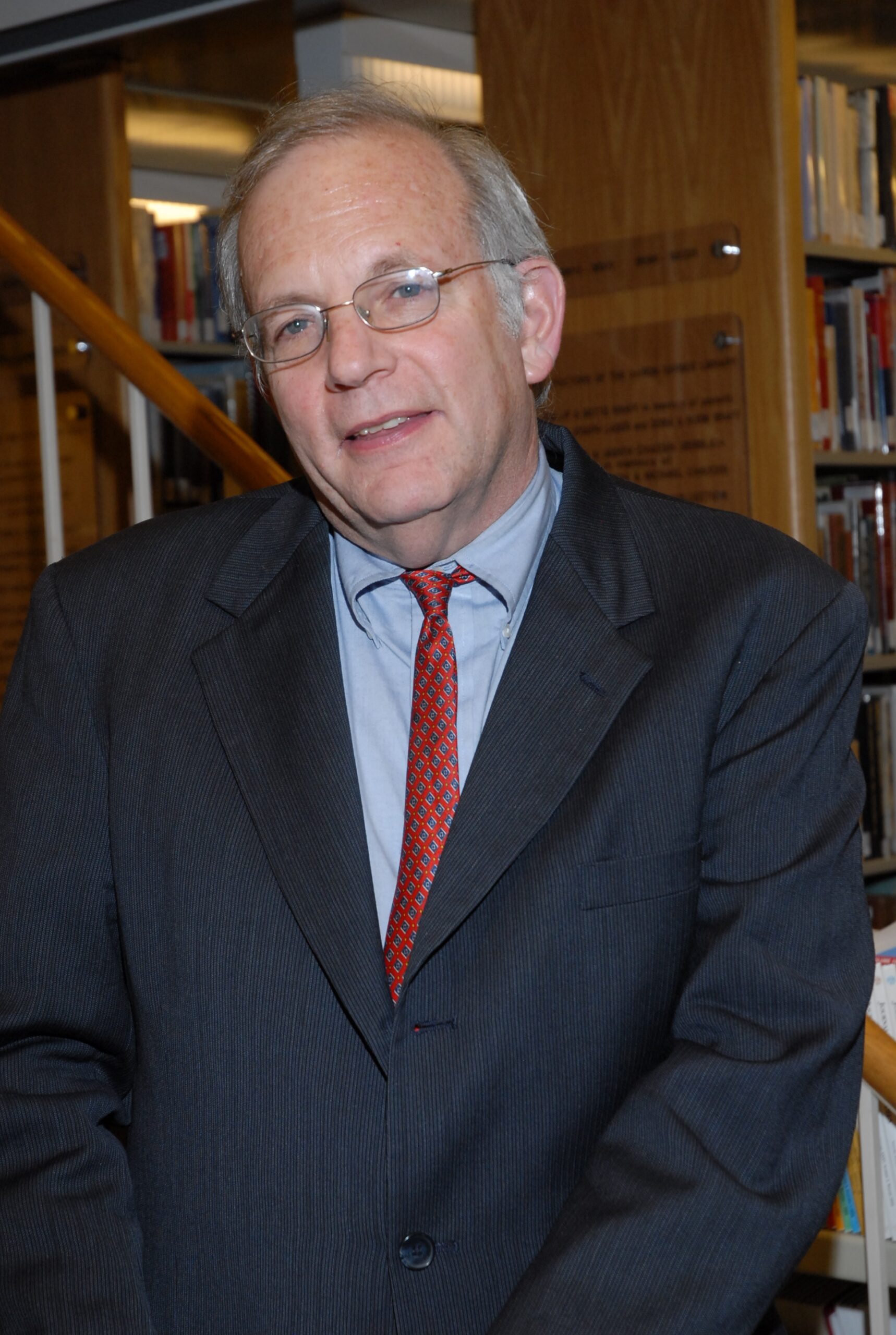Traditionally, as we end a book of Torah, we both congratulate ourselves and resolve to study even more diligently in the future. We say hazak, hazak, v’nitkhazek: be strong, be strong, and strengthen one another.
This seems like a particularly fitting ending to the book of Shemot in which we the Jewish people began as homeless slaves. In Pekudey, the concluding parasha of Exodus, we witness the formal dedication of the Mishkan (Ark) and the installation of Aaron and his sons as priests. Even if it will be left to future books of the Bible for the Israelites to reach their promised land, they now have a spiritual home that will accompany them throughout their journeys.
A key, though often overlooked, figure in this transformation from slave people to a God-guided people is the artist Bezalel. As his name (“in God’s shadow”) implies, Betzalel is divinely inspired in his work as the chief architect of the sanctuary. Numerous times the Torah tells us that Betzalel possesses a lev hokhma. There is some controversy in regard to the proper translation of this gift God has given to Betzalel. In the 1917 Jewish Publication Society translation of the Torah, the gift of a lev hokhma is rendered a “wise heart.” In the 1963 and future JPS translations, the phrase is rendered more idiomatically as “skilled craftsman.”
There is value in each rendering. The first emphasizes the role of Divine inspiration and moral character in fashioning great art, the latter emphasizes the element of craft.
The Sephardic commentary Me’am Loez leans toward the first translation. Betzalel demonstrates his wise heart in two different ways in this Torah portion. First, he has a deep appreciation of human nature. The Torah tells us that Betzalel participates in the making of Aaron’s ephod (breast plate). His reasoning was: “If I only create the holy furnishings that go into the sanctuary, then my fellow craftsmen will think that I feel superior to them. I deal in the holiest of things and they in things of a second order of holiness.” Such an attitude would undermine the teamwork among the artisans necessary to construct the sanctuary.
Second, living “b’tzel el” (in the shadow of God), Bezalel possesses deep wisdom about the importance of vision to guide our work. When Moses instructs Betzalel to begin building the articles to be placed in the sanctuary, Betzalel replies, “My Lord Moses, normally a person builds a house first and then he makes furnishings. According to your words, I am to make the furnishings first. Where will I place the furnishings while the tabernacle is being made?”
The value of this last midrash has particular relevance to professionals in Jewish life. Some time ago I was privileged, along with six other colleagues from the Siegal College and Jewish Education Center of Cleveland, to spend a week in Jerusalem at the Mandel Institute. Our challenge was to explore the role of vision in Jewish education. Like Betzalel, we were being tested to see whether we had grown so busy creating the furnishings of Jewish education that we had lost sight of the house that contained them.
Reprinted by permission of the Cleveland Jewish News.








